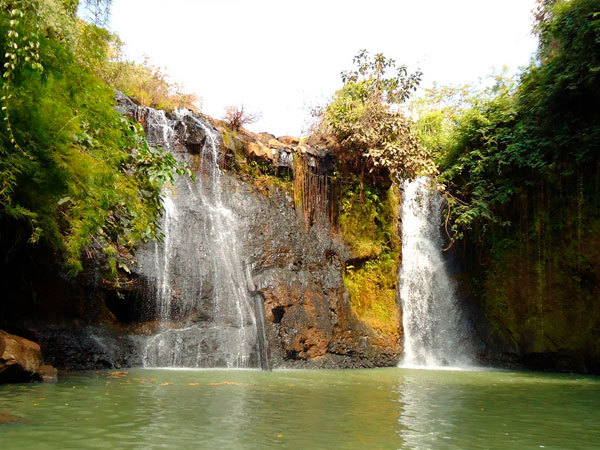The Jarai have an interesting and rather enlightened approach towards death. The dead are buried under rough wooden, or more recently, tin huts. Traditionally each person would be buried in the same family coffin. Once someone passed, the same coffin was reopened and the body placed inside. The government, nurses and church convinced them to stop the unhygienic practice so now bodies are buried within the same family gravesite. Look for the jars on the grave. One jar represents one person.
The newly departed spirit should be honoured with a big feast day and the family makes a promise for an abandoning ceremony at some later date, anywhere between three or even seven years, depending on how long they think it’ll take to save enough and put everything together. Until that date, the grave is regularly tended to and visited. Family and friends even gather and drink in the cemetery on a monthly basis, since the spirit is still there.
The abandoning ceremony allows everyone to say goodbye and it releases the spirit and the sorrow. Carved wooden statues are placed around the grave. Some, such as the pregnant woman, soldier and elephant tusk are highly symbolic, while others are just for comic relief. An animal such as a buffalo is sacrificed (note the jawbone and tail hanging over the grave), there is plenty of drinking to help release the grief and gong music to call the good spirits to help take care of them. After the ceremony, the grave is never tended to ever again and left to decay.
Given the movement and propinquity of ethnic minorities in the region, you’ll find similar cemeteries with different groups – Bahnar, Ede, Sedang, Lao – throughout the Central Highlands.








